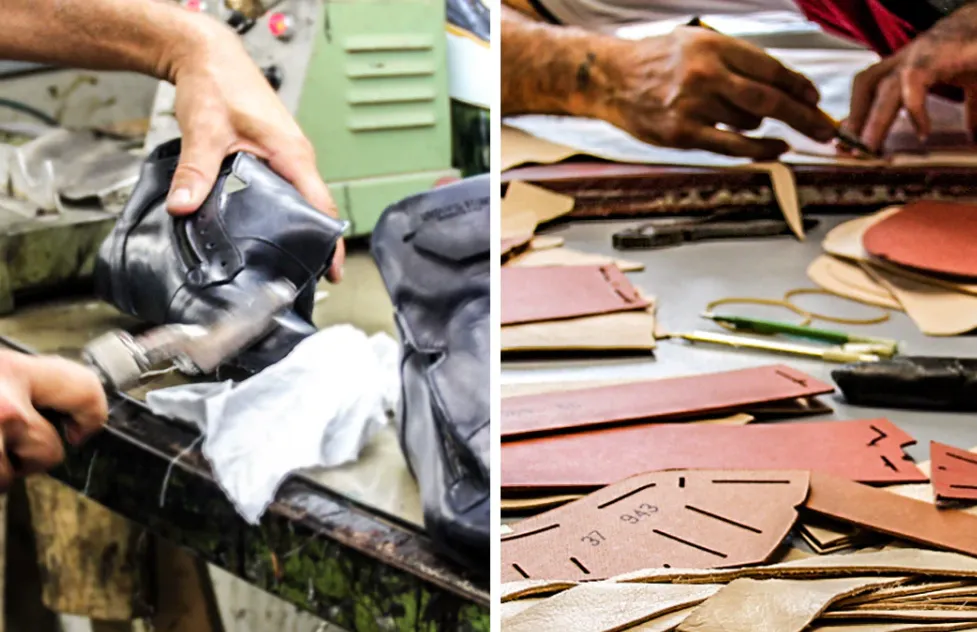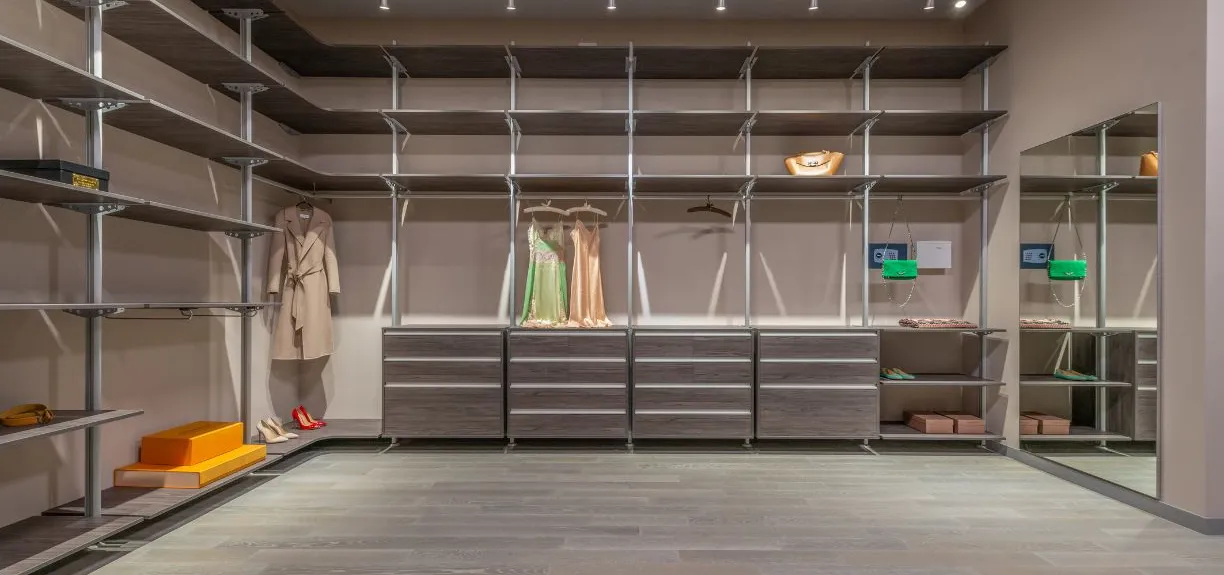Understanding the materials and craftsmanship behind quality fashion is essential for appreciating and investing in well-made clothing. Quality fashion is not only about aesthetics but also about the durability, comfort, and ethical considerations of the garments. Here’s a comprehensive look at what makes materials and craftsmanship in fashion stand out.
Contents
1. Materials: The Foundation of Quality
The choice of materials significantly influences the quality of a garment. High-quality materials tend to be more durable, comfortable, and aesthetically pleasing. Here are some key aspects to consider:
Natural Fibers
Natural fibers such as cotton, wool, silk, and linen are often synonymous with high-quality fashion. These materials are breathable, biodegradable, and generally more comfortable to wear. For example, Egyptian cotton is renowned for its long fibers, which produce softer and stronger fabric, while Merino wool is prized for its fine texture and insulating properties.
Sustainable Fabrics
With growing awareness of environmental impact, sustainable fabrics have become a hallmark of quality fashion. Organic cotton, bamboo, hemp, and Tencel (made from sustainably sourced wood pulp) are eco-friendly options that do not compromise on quality. These materials are often produced using methods that reduce environmental harm and ensure fair labor practices.
Blends and Synthetics
While natural fibers are preferred, synthetic fibers such as polyester, nylon, and spandex can enhance the durability and functionality of garments. When blended correctly, these fibers can add stretch, wrinkle resistance, and quick-drying properties to the fabric. However, it’s essential to balance these with natural fibers to maintain comfort and breathability.
2. Craftsmanship: The Art of Making Clothes
Craftsmanship refers to the skill and precision involved in making a garment. It encompasses every step of the production process, from design to the final stitch. Here’s what to look for:
Attention to Detail
Quality craftsmanship is evident in the attention to detail. This includes even stitching, well-finished seams, and matching patterns at seams and pockets. Examine the garment closely to see if the details have been meticulously executed. Hand-sewn elements often indicate higher craftsmanship compared to mass-produced items. Head to shops like Burrows & Hare, which focus on the quality of their clothing.
Construction Techniques
The construction techniques used can affect the durability and fit of a garment. For example, tailored suits are often fully canvassed, which means a layer of canvas is sewn between the outer fabric and the lining to give the suit its shape and ensure it lasts longer. French seams, double stitching, and reinforced buttonholes are other indicators of superior construction.
Fit and Comfort
A well-crafted garment should fit well and be comfortable to wear. Quality fashion brands often offer a better fit because they invest in skilled tailors and advanced fitting techniques. Custom or bespoke tailoring is the pinnacle of fit and craftsmanship, as the garment is made specifically to the wearer’s measurements and preferences.
3. Ethical and Sustainable Practices
Quality fashion also involves ethical and sustainable practices. This includes fair labor practices, environmentally friendly production methods, and transparent supply chains. Brands that prioritize these practices often produce garments that are not only high in quality but also socially responsible.
Fair Labor
Brands that ensure fair wages, safe working conditions, and reasonable working hours for their employees demonstrate a commitment to ethical craftsmanship. Supporting such brands helps promote fair labor practices in the fashion industry.
Environmental Responsibility
Sustainable fashion brands reduce their environmental footprint by using eco-friendly materials, minimizing waste, and employing sustainable production methods. These practices contribute to the overall quality and longevity of the garments.
4. Long-Term Investment
Investing in quality fashion is beneficial in the long run. High-quality garments last longer, maintain their appearance, and often require less frequent replacement. While the initial cost may be higher, the cost per wear tends to be lower compared to cheaper, lower-quality items that wear out quickly.









